Hairy Blue Heron's-bill,
Blue Heron's-bill,
Blue Stork's-bill
Display all 22 images

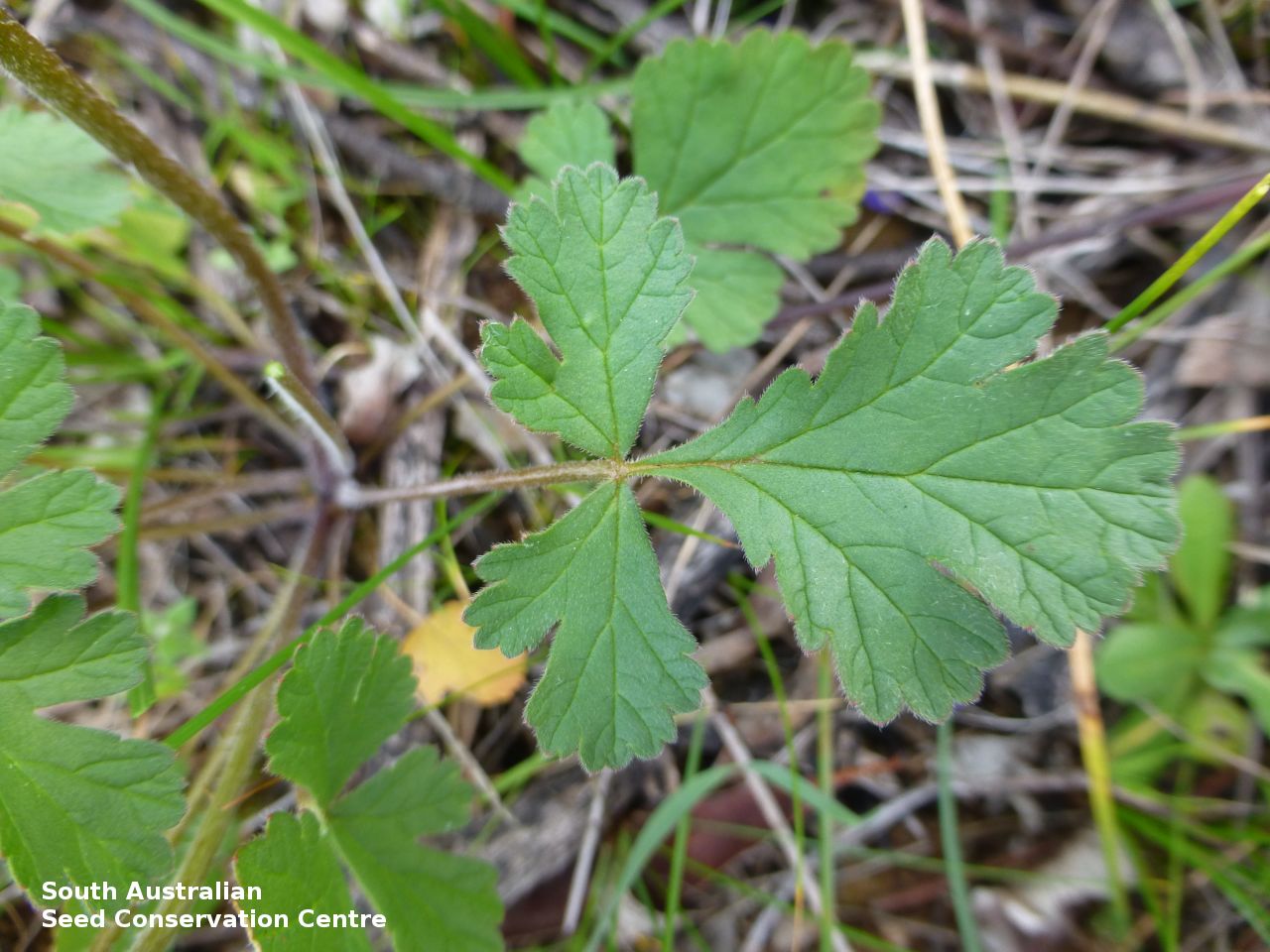
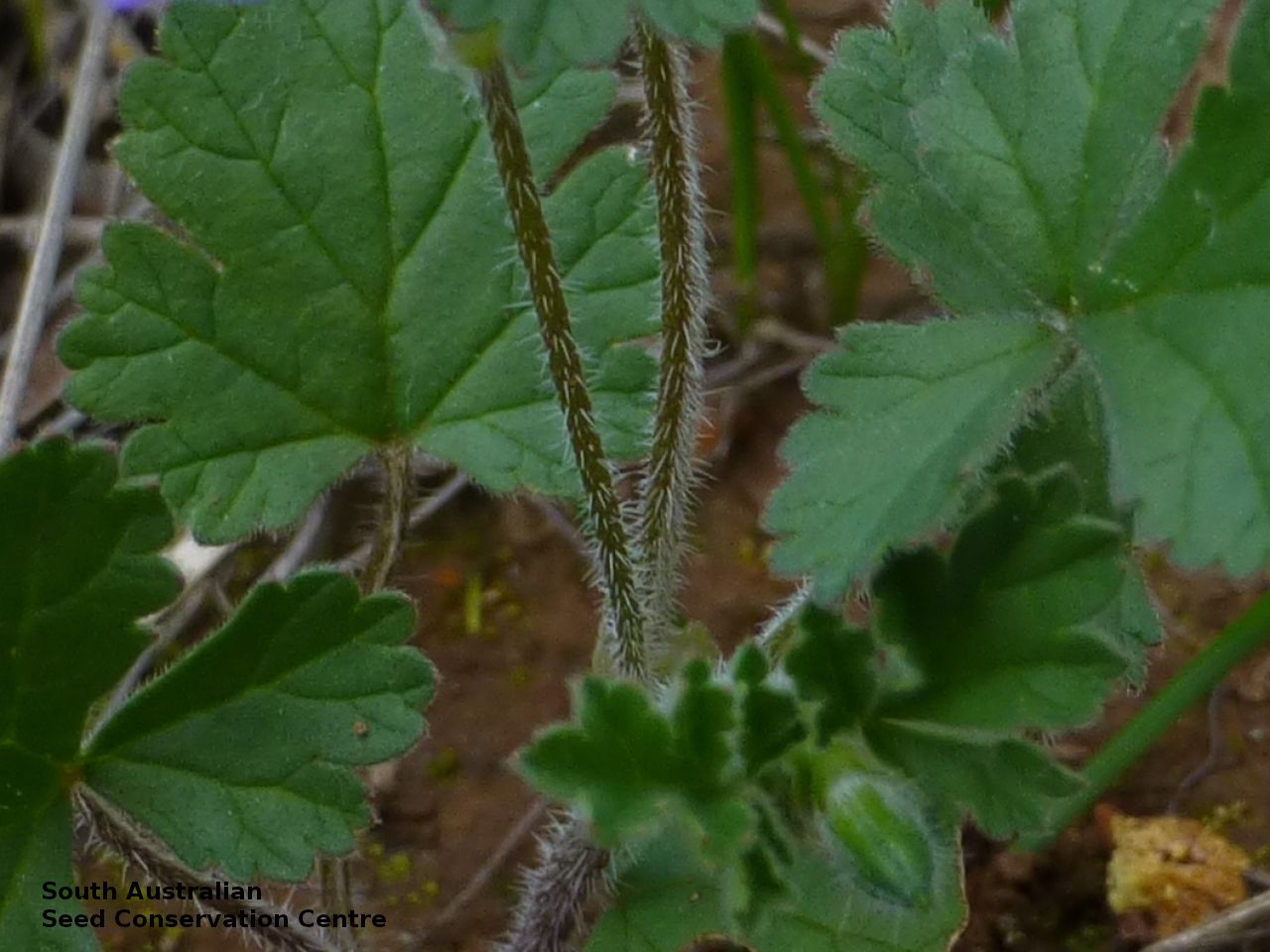
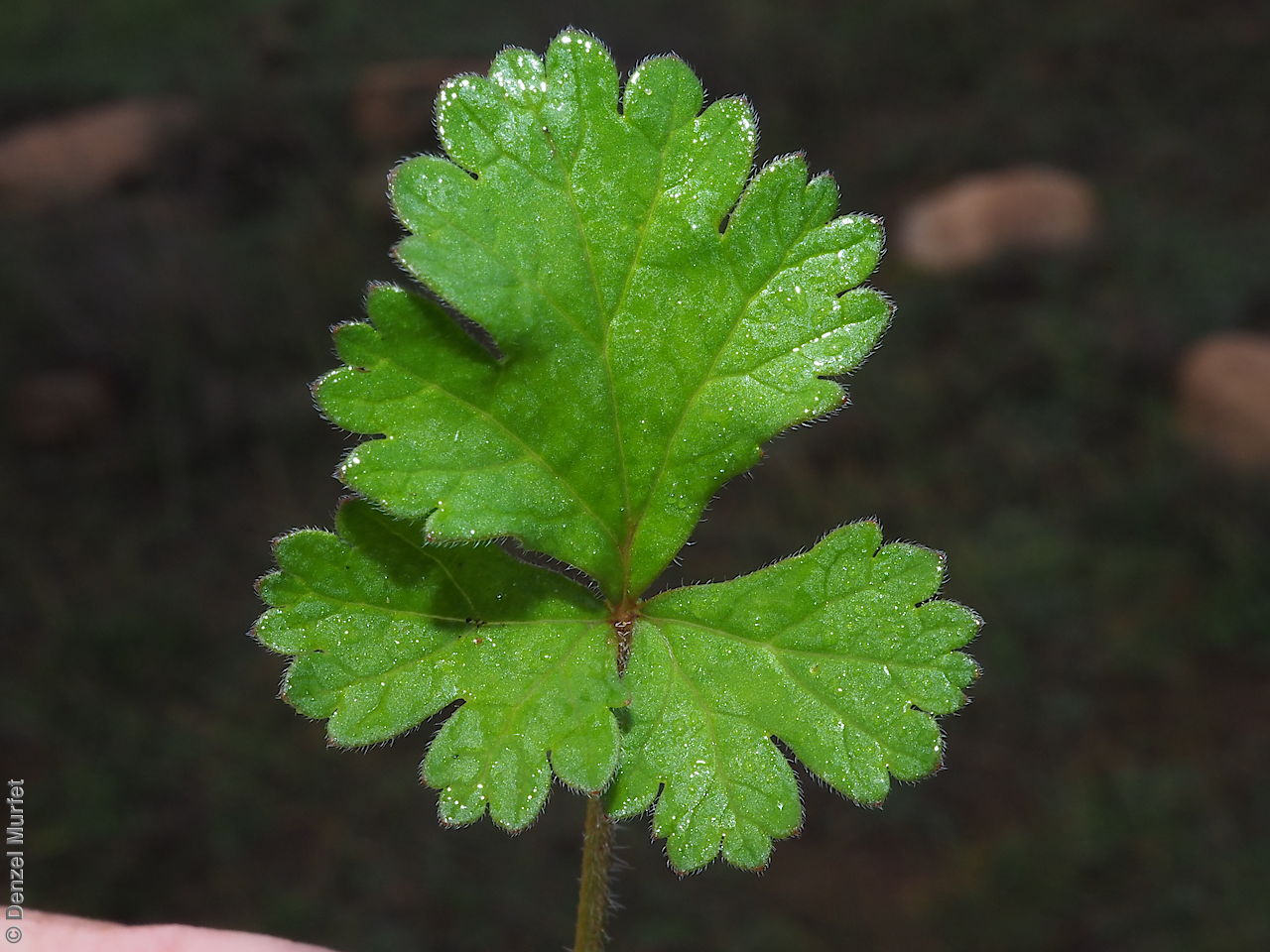
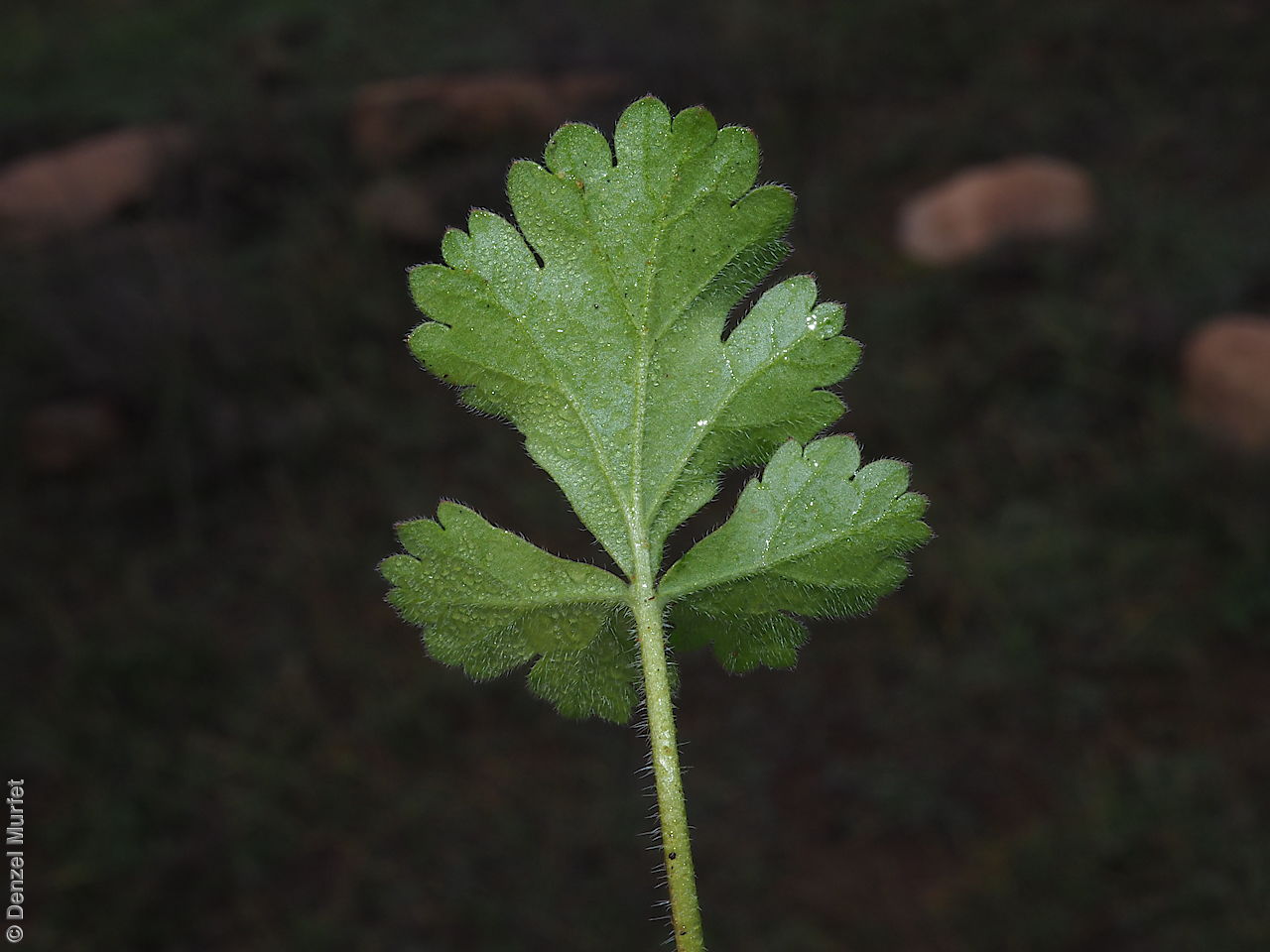
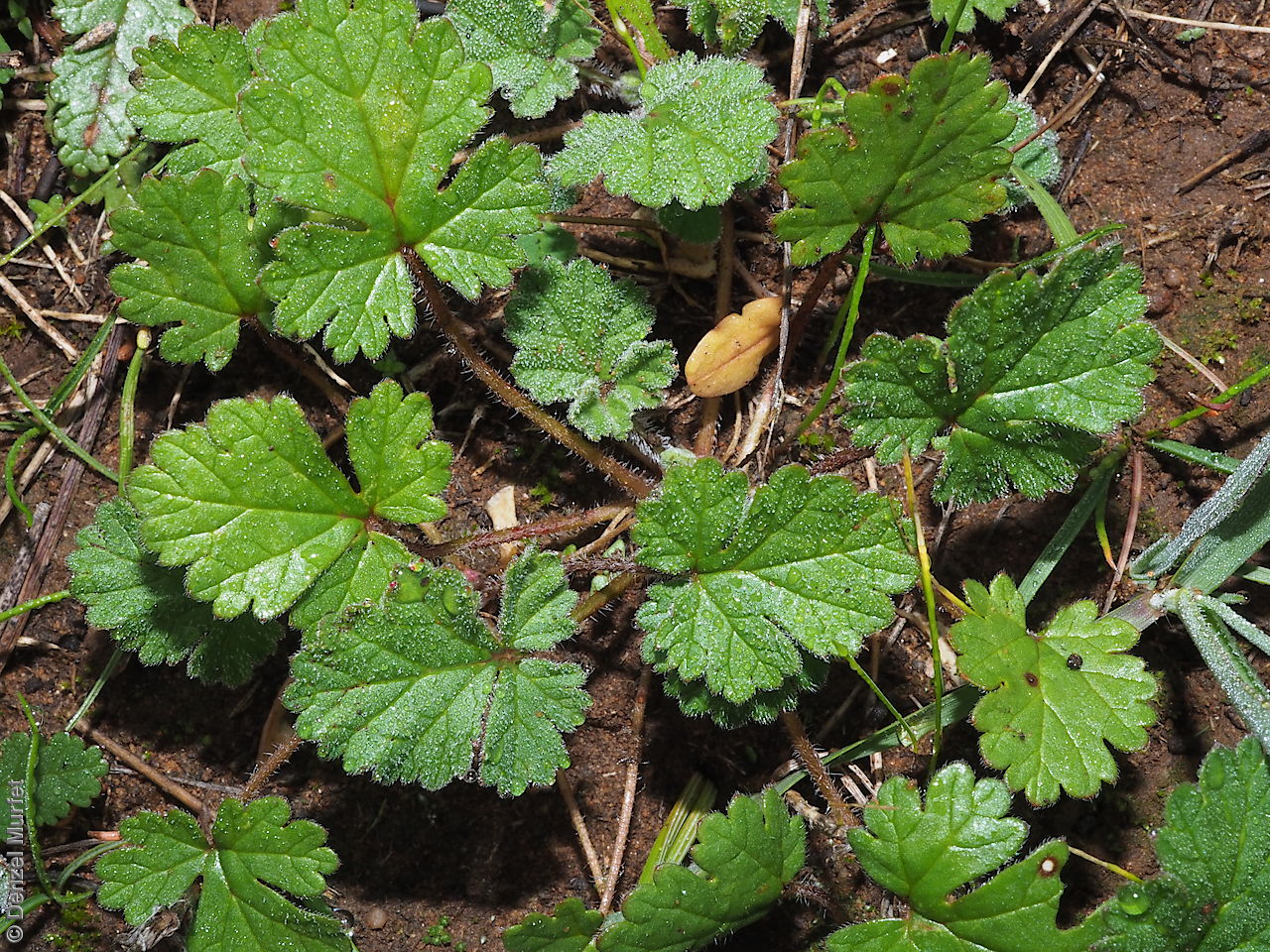
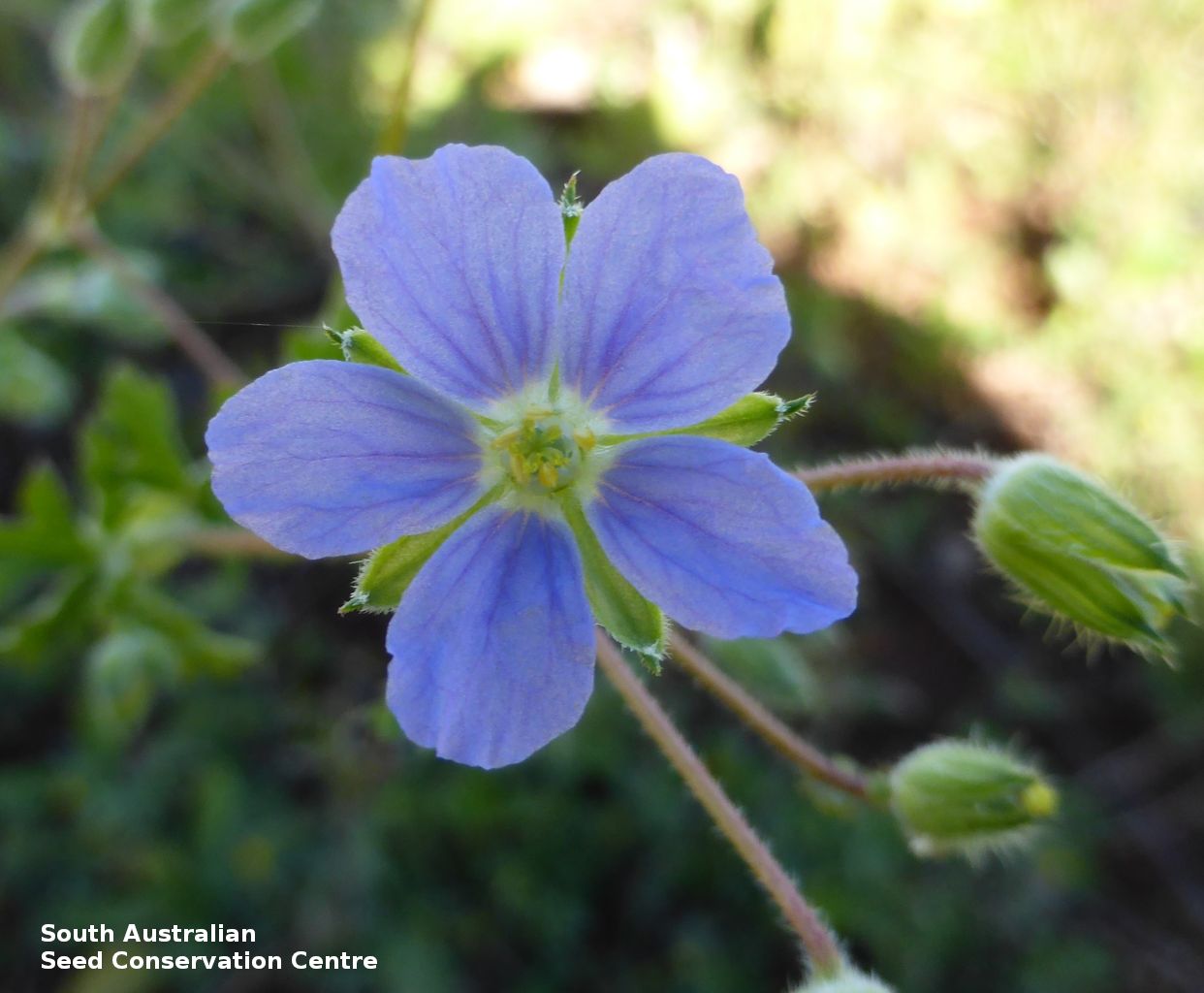
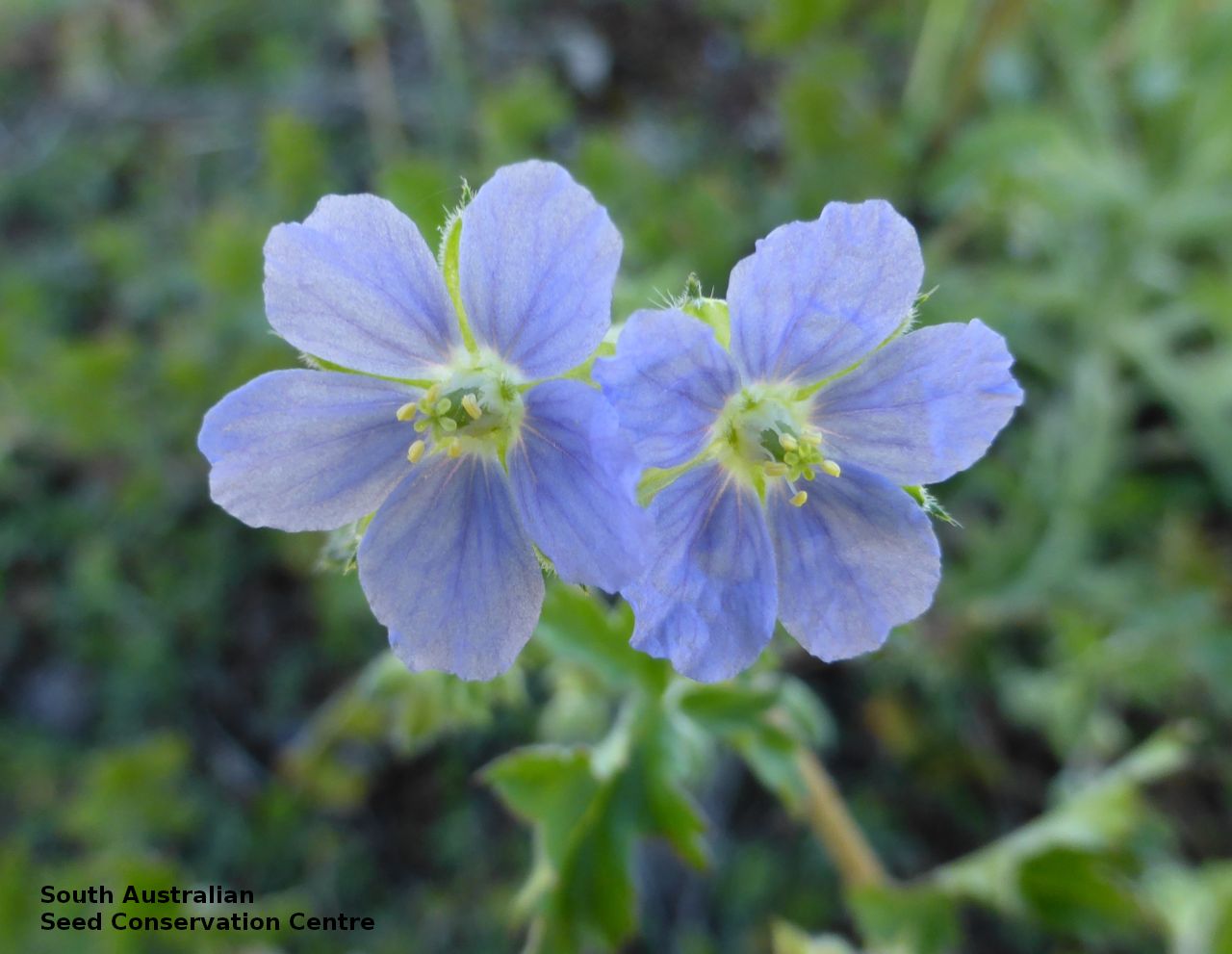
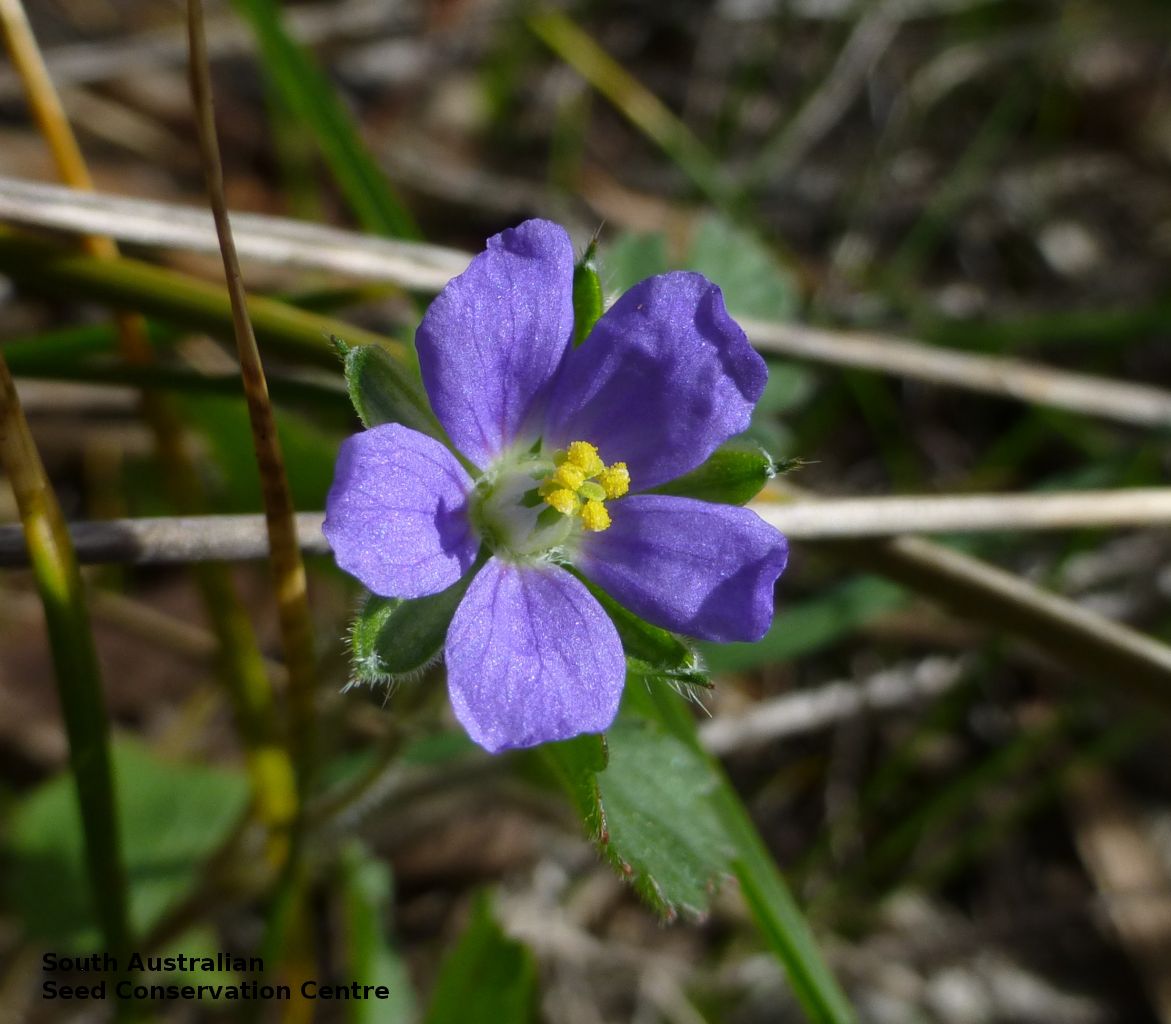
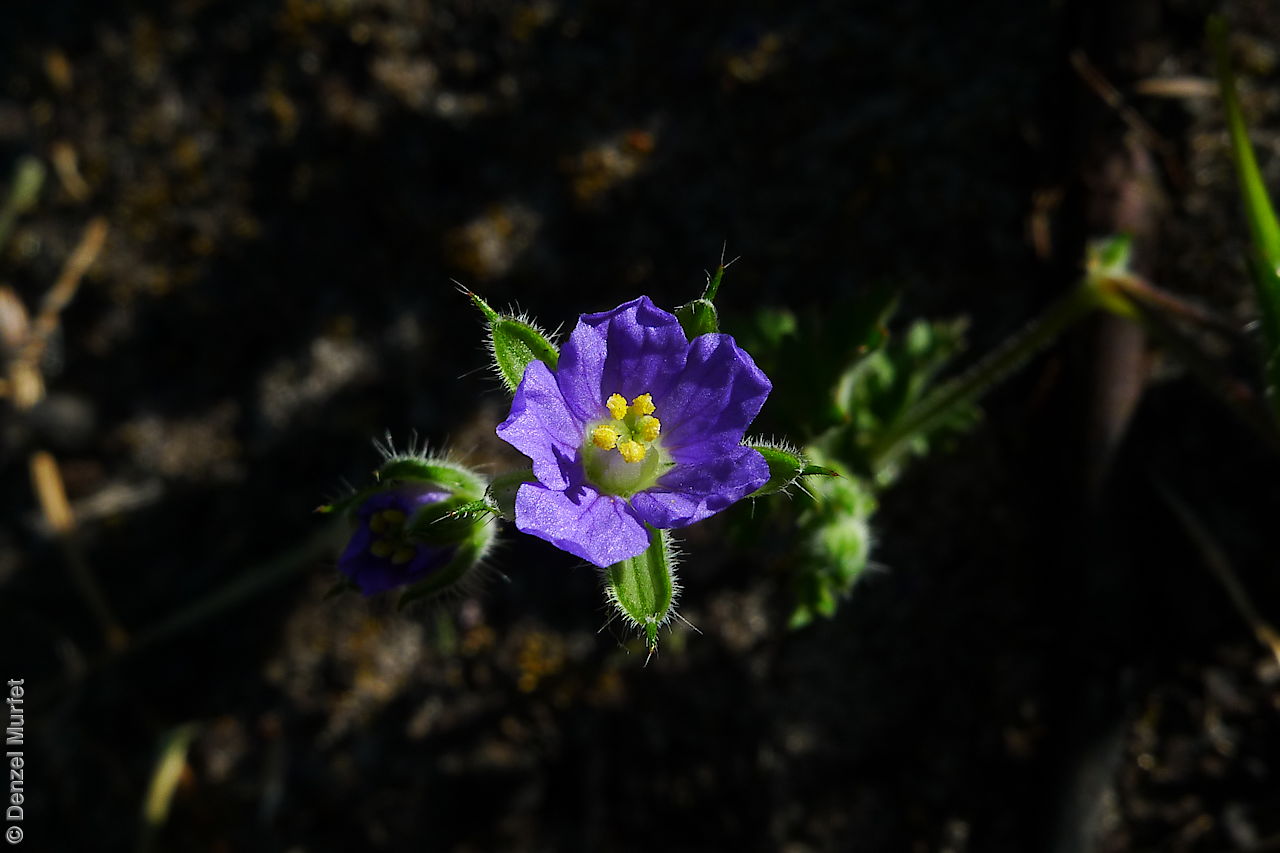
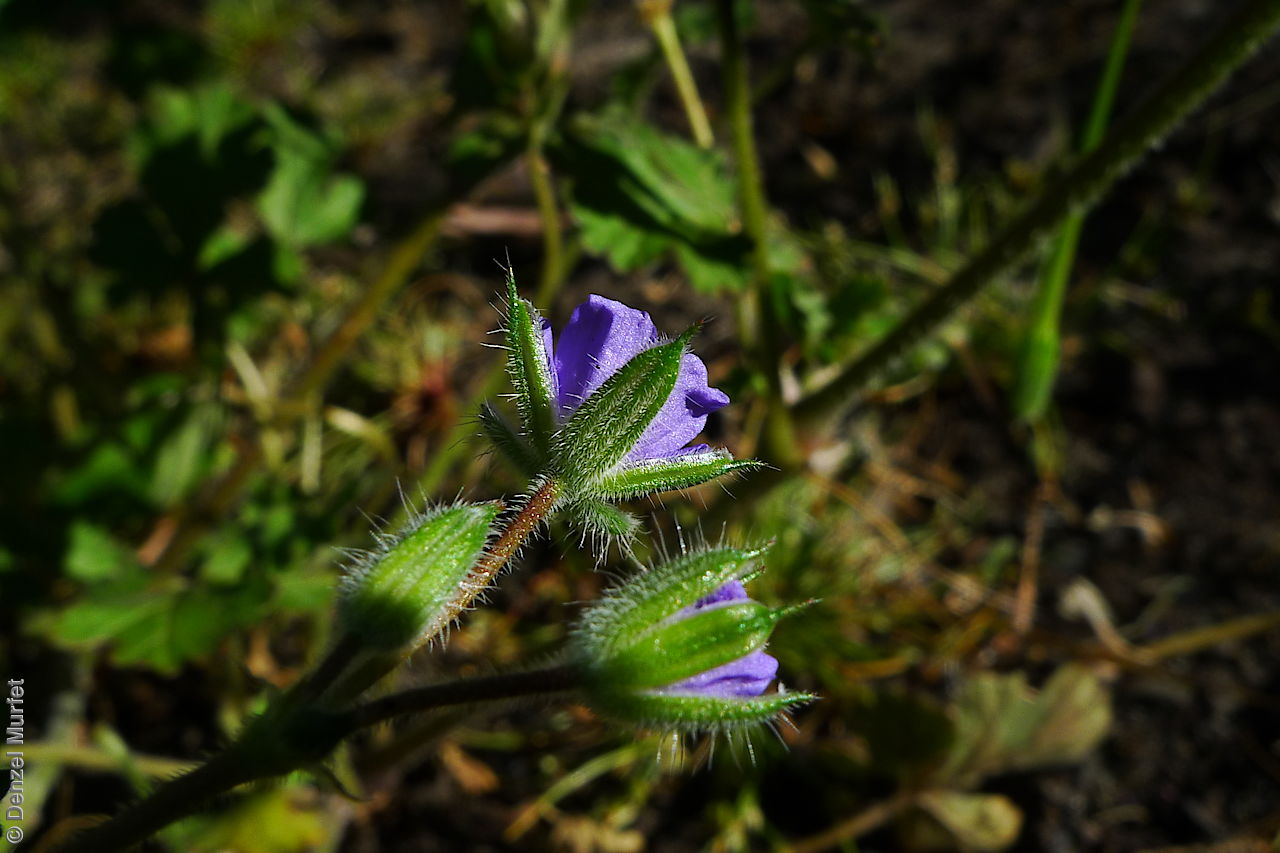
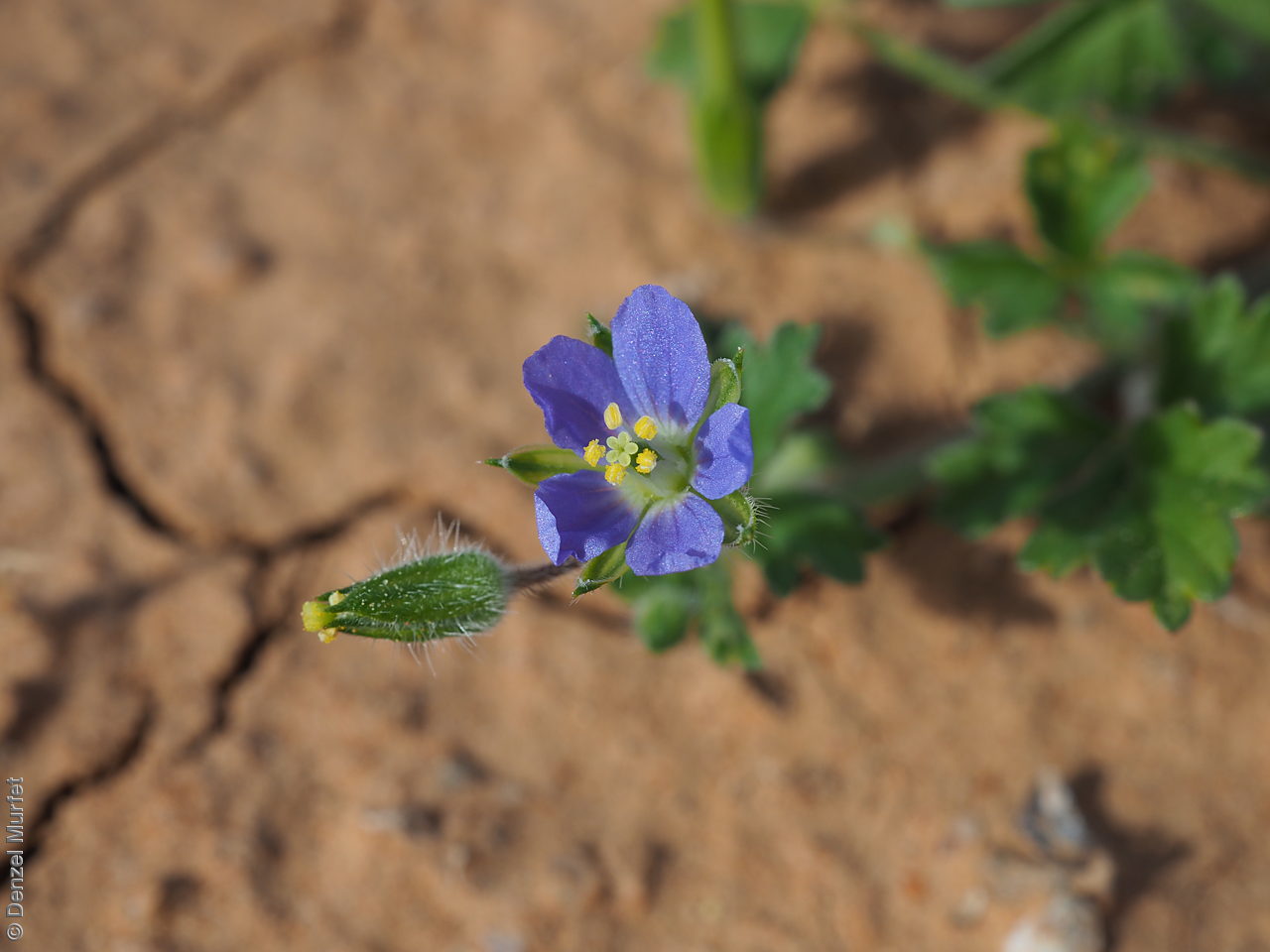
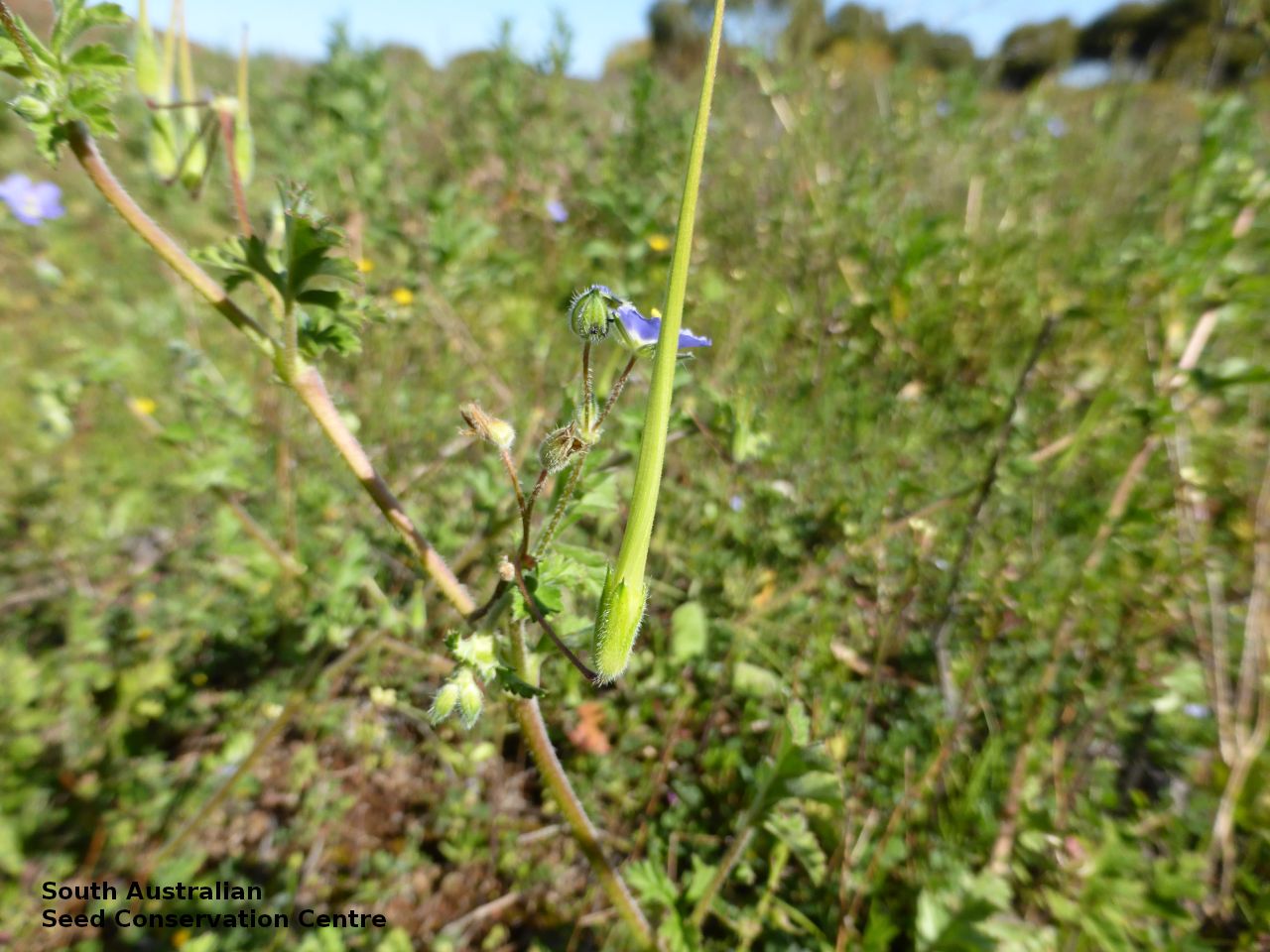
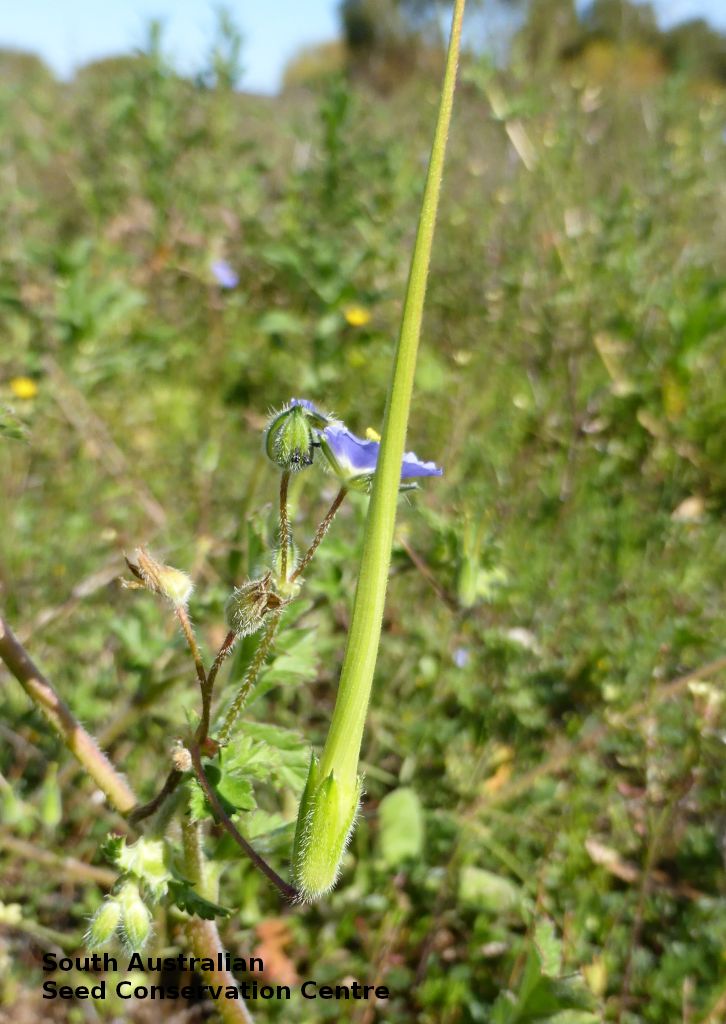
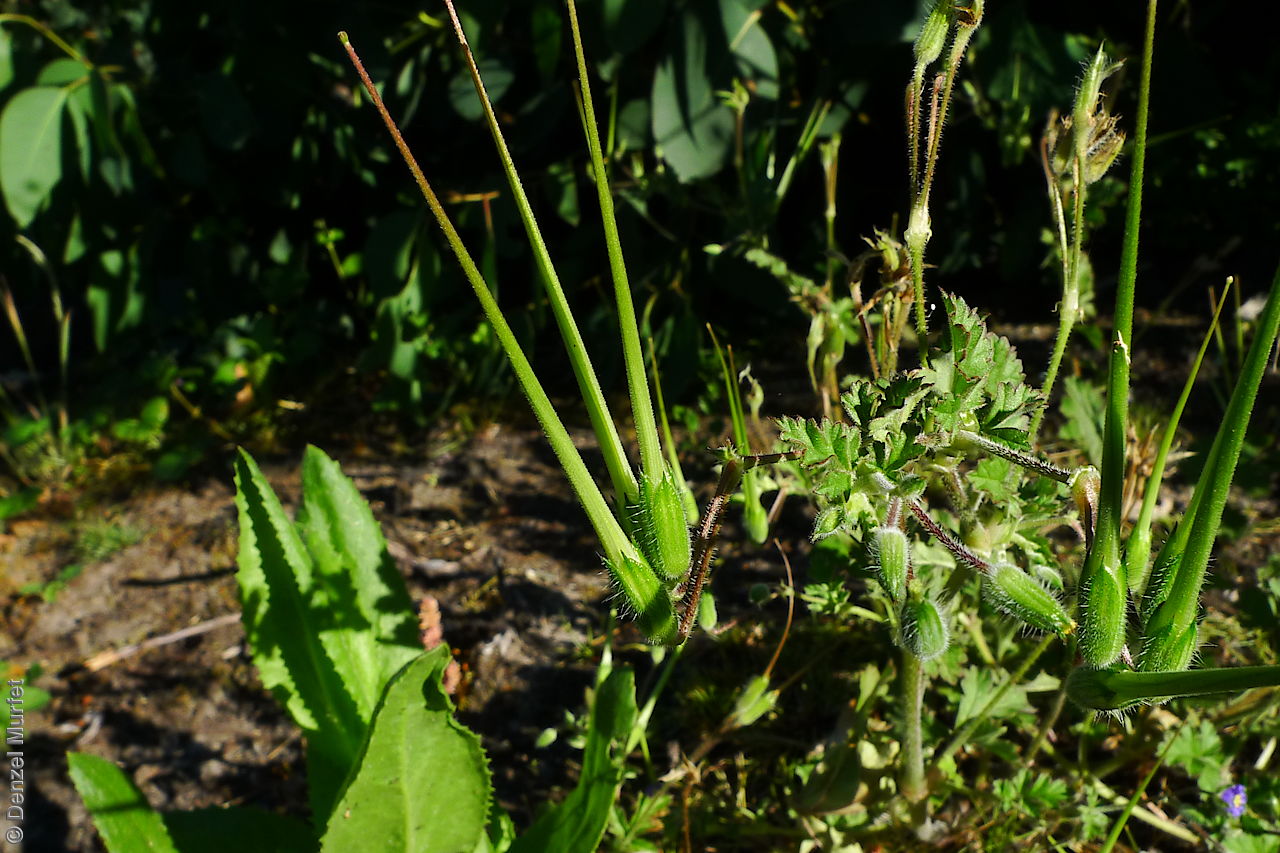
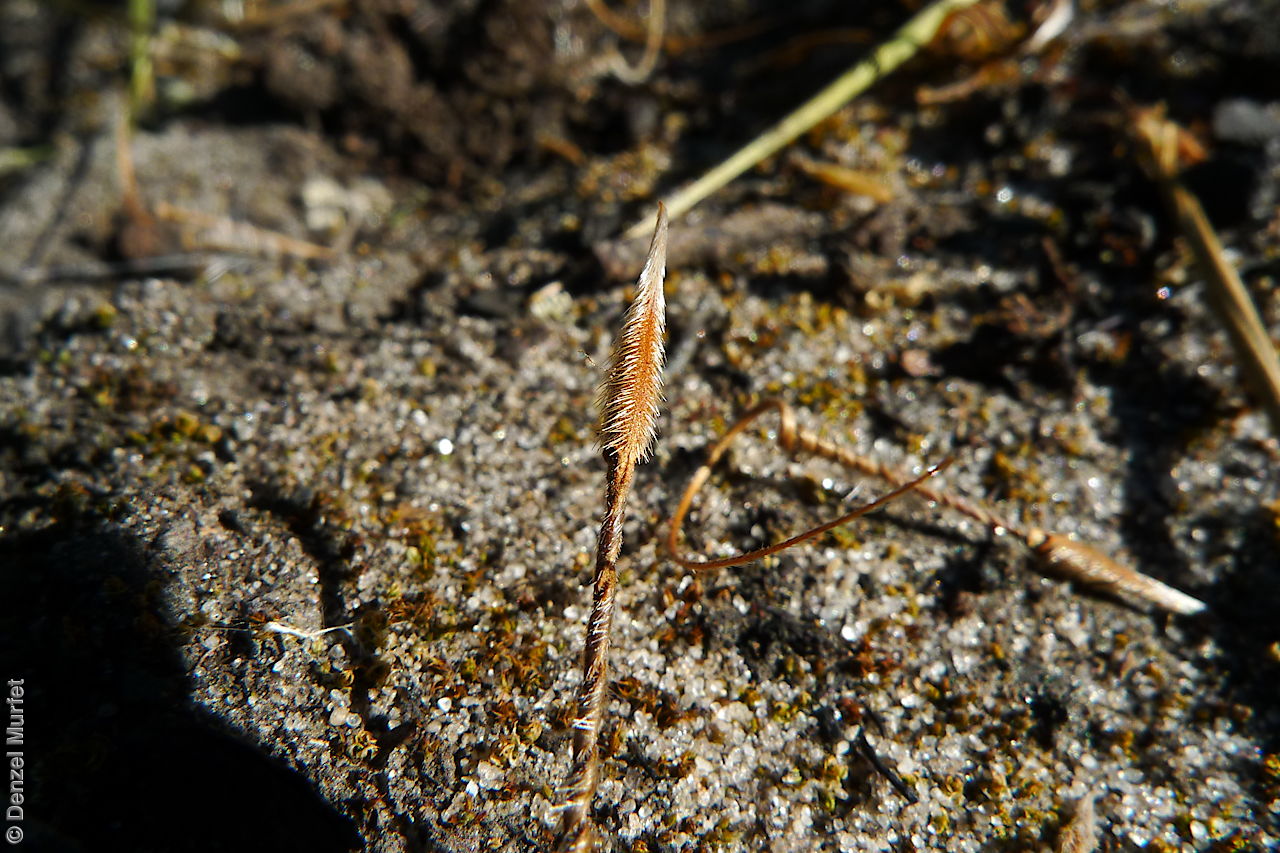
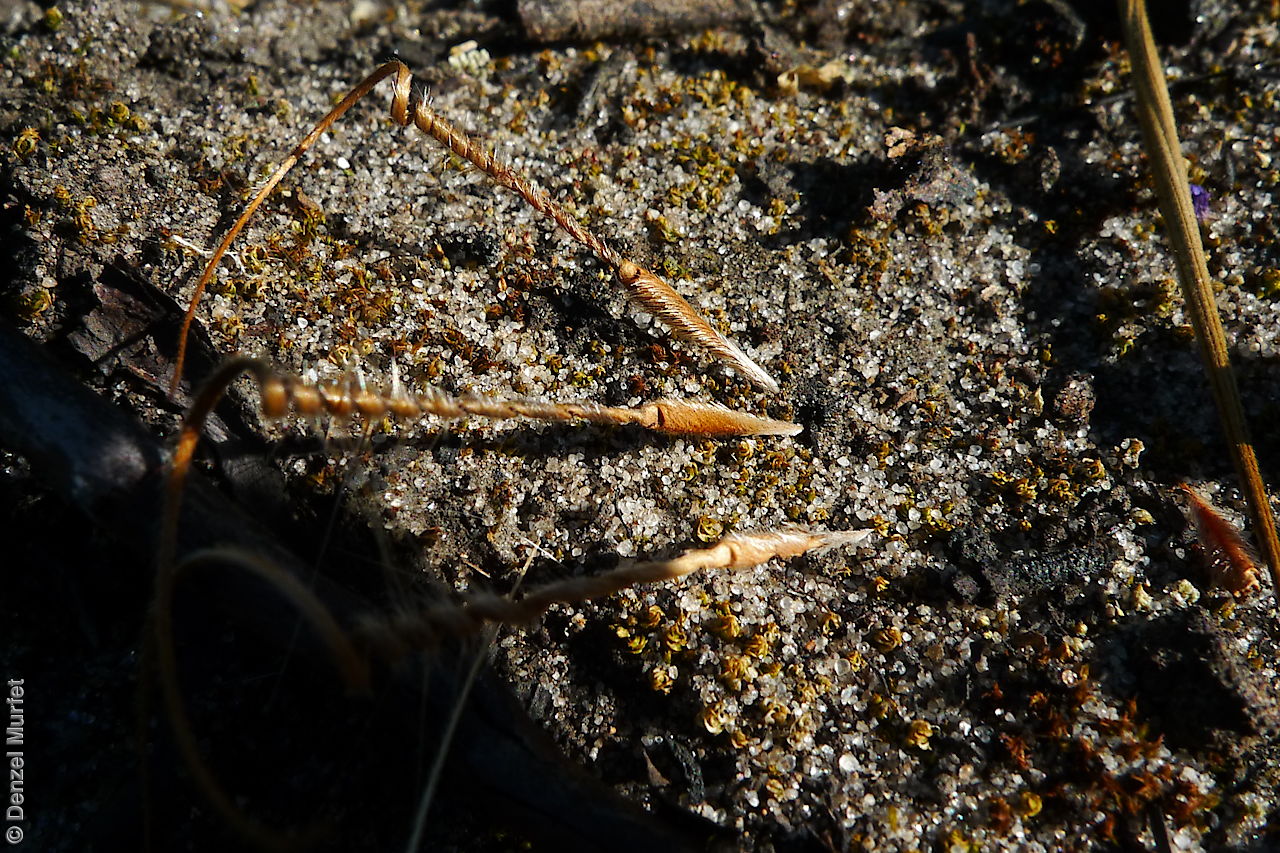
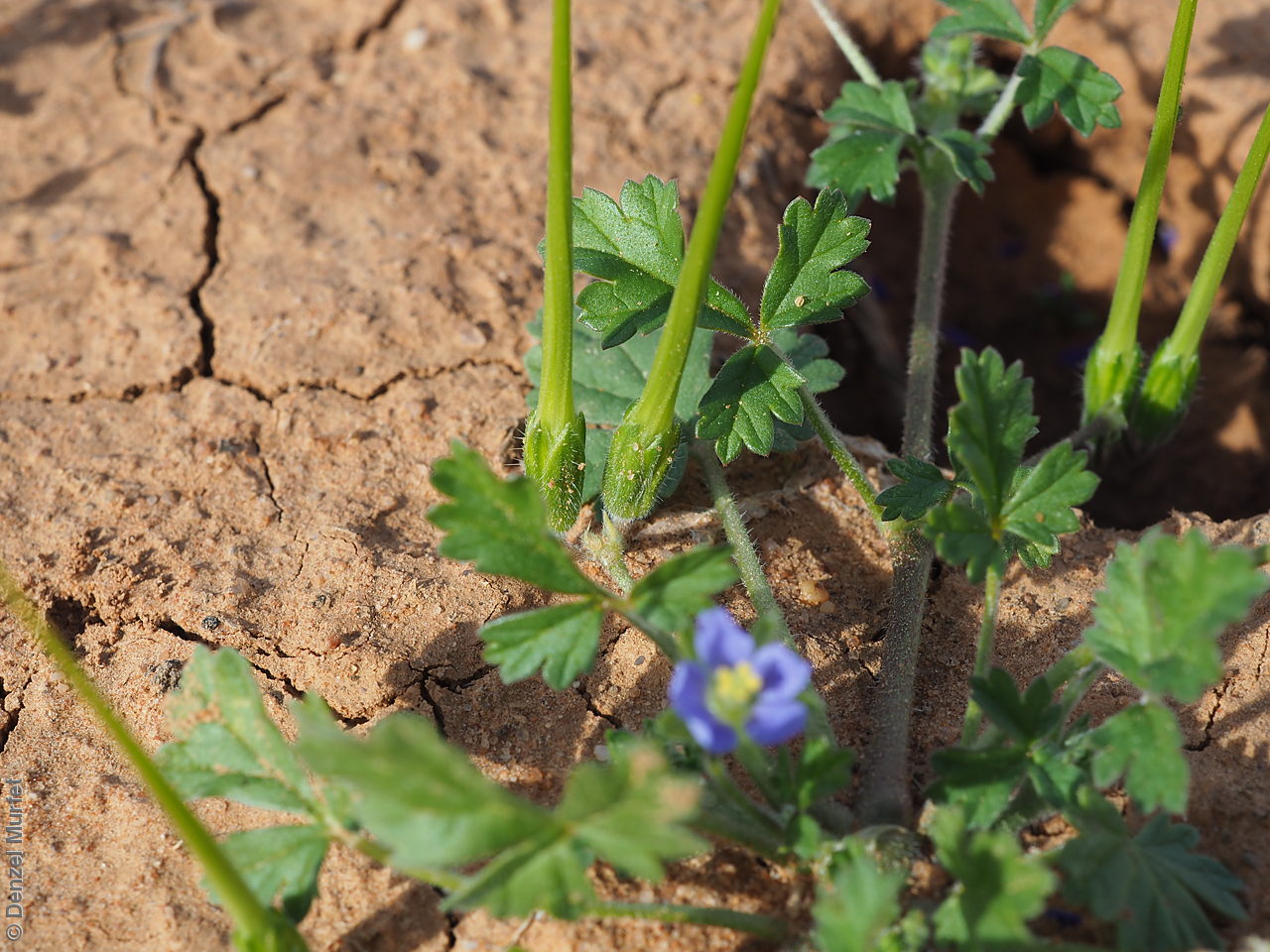
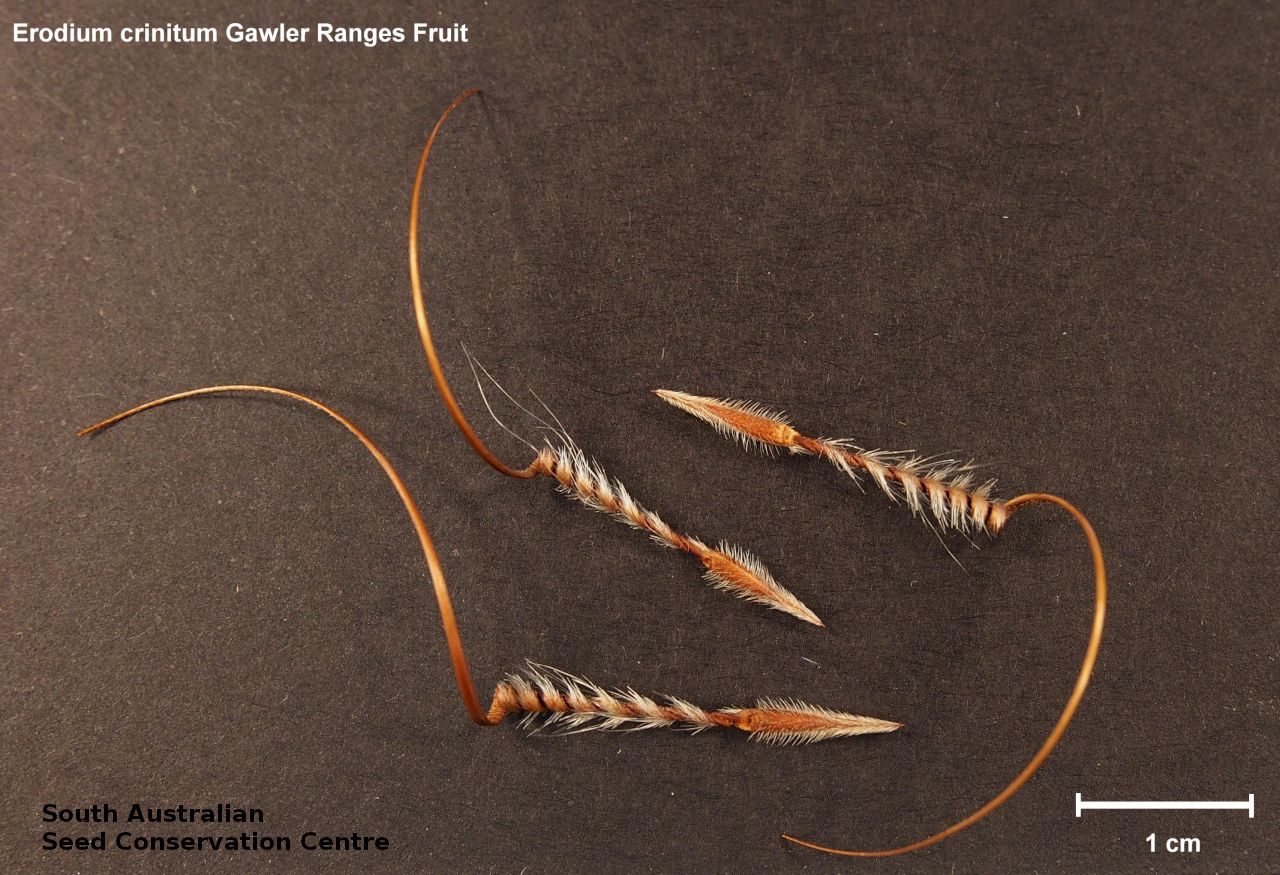
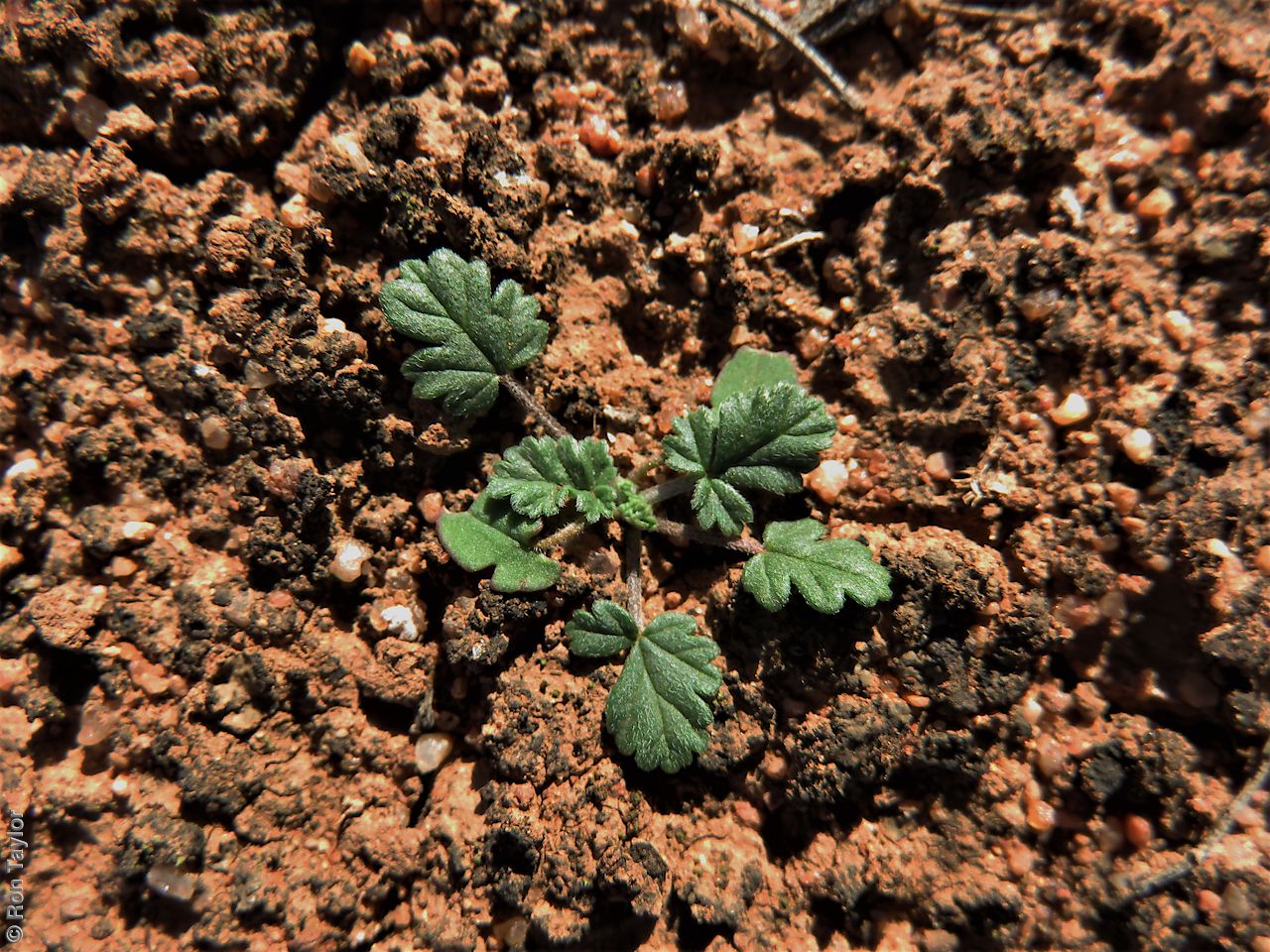
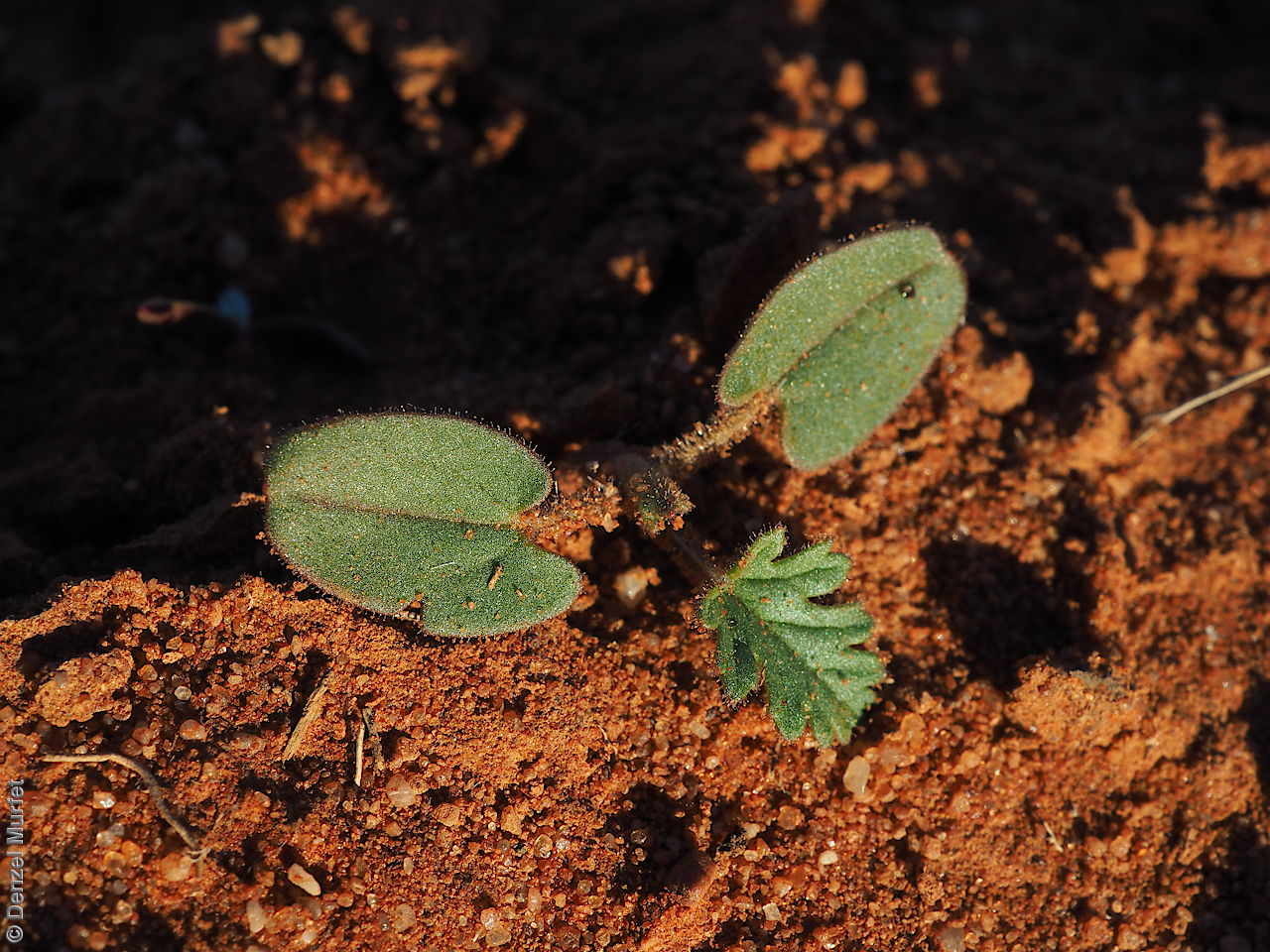

Regional Species Conservation Assessments per IBRA subregion.

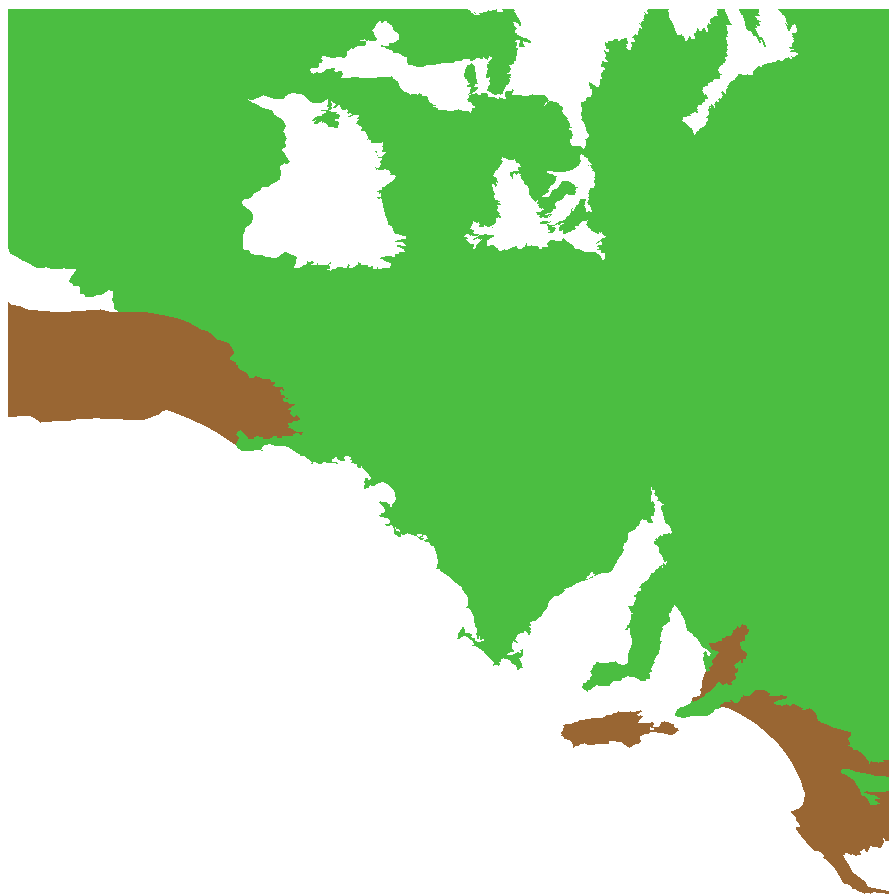
Least concern
Near threatened
Rare
Vulnerable
Endangered
Critically endangered
Extinct
Data deficient
Adelaide
Arkaroola
Ceduna
Coober Pedy
Hawker
Innamincka
Marla
Marree
Mount Gambier
Oodnadatta
Renmark
Wudinna
Keith
Yunta
Display IBRA region text
| Bridgewater (NCP01) | Naracoorte Coastal Plain | Rare (IUCN: RA d(i,ii)) [edge of range] |
| Lucindale (NCP03) | | Rare (IUCN: RA d(i,ii)) [edge of range] |
| Tintinara (NCP04) | | Rare (IUCN: RA d(i,ii)) (Probable Decline) [edge of range] |
| Kangaroo Island (KAN01) | Kanmantoo | Rare (IUCN: RA d(ii)) [is it introduced?] |
| Fleurieu (KAN02) | | Least Concern |
| Mount Lofty Ranges (FLB01) | Flinders Lofty Block | Rare (IUCN: RA d(ii)) (Probable Decline) [in foothills; threatened by weeds & urban development] |
| Broughton (FLB02) | | Least Concern |
| Olary Spur (FLB03) | | Least Concern |
| Southern Flinders (FLB04) | | Least Concern |
| Northern Flinders (FLB05) | | Least Concern |
| Central Flinders (FLB06) | | Least Concern |
| Southern Yorke (EYB01) | Eyre Yorke Block | Least Concern |
| St Vincent (EYB02) | | Least Concern |
| Eyre Hills (EYB03) | | Least Concern |
| Talia (EYB04) | | Least Concern |
| Eyre Mallee (EYB05) | | Least Concern |
| South Olary Plain (MDD01) | Murray Darling Depression | Least Concern |
| Murray Mallee (MDD02) | | Least Concern |
| Murray Lakes and Coorong (MDD03) | | Rare (IUCN: RA d(i,ii)) (Probable Decline) [edge of range; weedy spp.] |
| Lowan Mallee (MDD04) | | Least Concern |
| Wimmera (MDD05) | | Rare (IUCN: RA d(i,ii)) (Probable Decline) [edge of range] |
| Braemer (MDD07) | | Least Concern |
| Murray Scroll Belt (RIV06) | Riverina | Least Concern |
| Myall Plains (GAW01) | Gawler | Least Concern |
| Gawler Volcanics (GAW02) | | Least Concern |
| Gawler Lakes (GAW03) | | Least Concern |
| Arcoona Plateau (GAW04) | | Least Concern |
| Kingoonya (GAW05) | | Least Concern |
| Torrens (GAW06) | | Least Concern |
| Roxby (GAW07) | | Least Concern |
| Commonwealth Hill (GAW08) | | Least Concern |
| Maralinga (GVD03) | Great Victoria Desert | Least Concern |
| Kintore (GVD04) | | Least Concern |
| Yellabinna (GVD06) | | Least Concern |
| Nullarbor Plain (NUL02) | Nullarbor | Rare (IUCN: RA d(i,ii)) |
| Yalata (NUL03) | | Rare (IUCN: RA d(ii)) |
| Barrier Range (BHC01) | Broken Hill Complex | Least Concern |
| Barrier Range Outwash (BHC04) | | Least Concern |
| Bimbowrie (BHC05) | | Least Concern |
| Curnamona (BHC06) | | Least Concern |
| Dieri (SSD03) | Simpson Strzelecki Dunefields | Least Concern |
| Strzelecki Desert (SSD05) | | Least Concern |
| Breakaways (STP01) | Stony Plains | Least Concern |
| Oodnadatta (STP02) | | Least Concern |
| Murnpeowie (STP03) | | Least Concern |
| Witjira (STP06) | | Least Concern |
| Baltana (STP07) | | Least Concern |
| Sturt Stony Desert (CHC02) | Channel Country | Least Concern |
| Coongie (CHC06) | | Least Concern |
| Lake Pure (CHC07) | | Least Concern |
| Mann-Musgrave Block (CER01) | Central Ranges | Least Concern |
| Watarru (CER02) | | Least Concern |
| Everard Block (CER03) | | Least Concern |
| Tieyon (FIN03) | Finke | Least Concern |
| 3 of 4 subregions | Naracoorte Coastal Plain | Rare |
| 2 of 2 subregions | Kanmantoo | Least Concern , Rare |
| 6 of 6 subregions | Flinders Lofty Block | Least Concern , Rare |
| 5 of 5 subregions | Eyre Yorke Block | Least Concern |
| 6 of 6 subregions | Murray Darling Depression | Least Concern , Rare |
| Murray Scroll Belt (RIV06) | Riverina | Least Concern |
| 8 of 8 subregions | Gawler | Least Concern |
| 3 of 4 subregions | Great Victoria Desert | Least Concern |
| 2 of 3 subregions | Nullarbor | Rare |
| 4 of 4 subregions | Broken Hill Complex | Least Concern |
| 2 of 4 subregions | Simpson Strzelecki Dunefields | Least Concern |
| 5 of 7 subregions | Stony Plains | Least Concern |
| 3 of 4 subregions | Channel Country | Least Concern |
| 3 of 3 subregions | Central Ranges | Least Concern |
| Tieyon (FIN03) | Finke | Least Concern |
Botanical art
Kath Alcock paintings: 4
Common names
Hairy Blue Heron's-bill
Blue Heron's-bill
Blue Stork's-bill
Etymology
Erodium from the Greek 'erodios' meaning heron; alluding to the fruit resembling the head and beak of this bird. Crinitum from the Latin 'crinis' meaning long hair; possible referring to the scattered long stiff white hairs along the stems.
Distribution and status
A widespread species found across South Australia, growing in open woodland, grassland and saltbush communities. Also found in all mainland states. Native. Common in South Australia. Common in the other states.
Herbarium regions: Nullarbor, Gairdner-Torrens, Flinders Ranges, Eastern, Eyre Peninsula, Northern Lofty, Murray, Yorke Peninsula, Southern Lofty, Kangaroo Island, South Eastern, Green Adelaide
NRM regions: Adelaide and Mount Lofty Ranges, Alinytjara Wilurara, Eyre Peninsula, Kangaroo Island, Northern and Yorke, South Australian Arid Lands, South Australian Murray-Darling Basin, South East
AVH map: SA distribution map (external link)
Plant description
Decumbent to ascending herb with stems to 50 cm high, with scattered long stiff white non-glandular hairs. Basal leaves with 3-lobed, toothed, ovate, to 4 cm long and 3 cm wide, hirsute. Inflorescence in groups of 2-6, rarely solitary, with blue with white or yellow veins flowers. Flowering between July and April. Fruits are long brown capsule to 6 cm long. Seeds are golden brown ovoid seed to 1 cm long, covered in long white hairs and with a 4 cm long hairy awn-like attachment.
Seed collection and propagation
Collect seeds between October and June. Collect matured capsules, those that are turning brown and have exposed brown seeds. Place the capsules in a tray and leave to dry fro 1 to 2 weeks. If only seeds collected, no further cleaning is required. If other material is collected, use a sieve to separate unwanted material. Store the seeds with a desiccant such as dried silica beads or dry rice, in an air tight container in a cool and dry place. This species has physical dormancy that needs to be overcome for the seed to germinate (e.g. nicking or softening the seed coat). Germination 95%, seed scarified (covering structured removed and seed coat chipped) on 1% w/v agar, 8/16 dark/light, 15°C. See http://data.kew.org/sid























